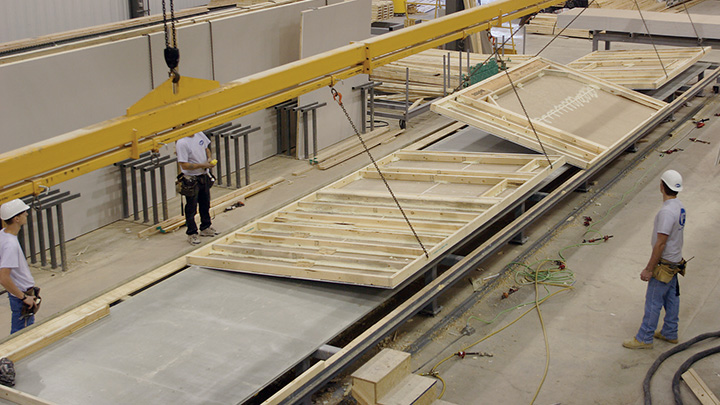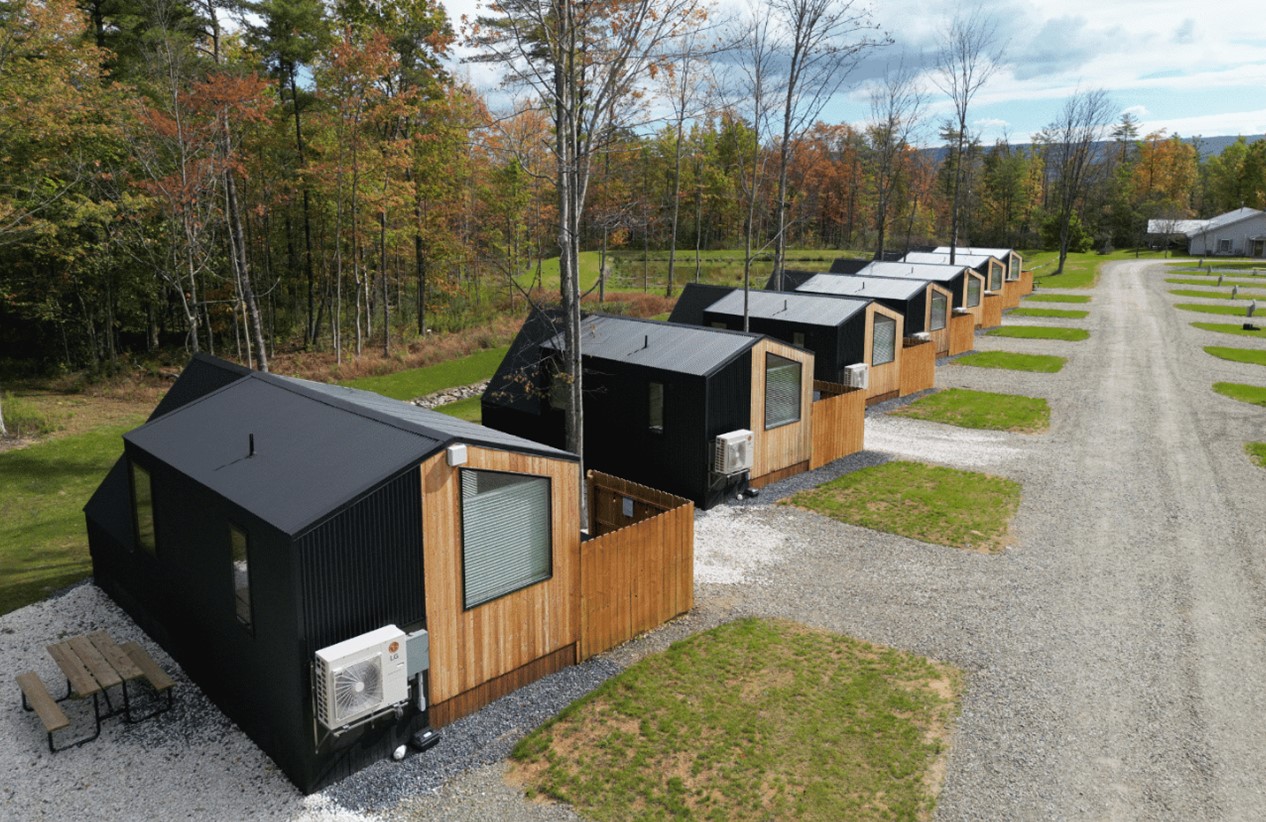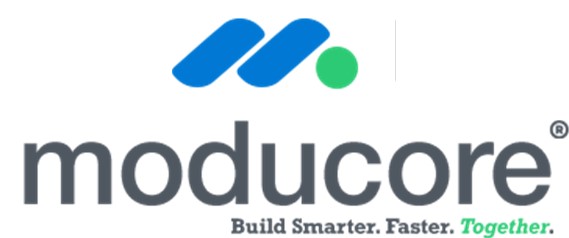Walk into a house built in the 1960s, 1970s, or even the 1990s, and you’ll feel the difference before you spot it. There’s a subtle draft around the windows, a little cold pocket by the front door, and if you hold your hand up to an electrical outlet on an exterior wall, you might catch a faint breeze. Those homes weren’t bad—they were just built in a time when airtightness wasn’t a priority. “Fresh air” was what leaked in through the cracks. Energy efficiency wasn’t something codes demanded, and if the power bill was high, that was just life.
Fast-forward to today, and we live in a different world. Building codes, energy programs, and homeowner expectations have transformed the way houses are constructed. Airtightness, high-performance insulation, and controlled ventilation aren’t just features—they’re requirements. And it’s not just engineers and scientists pushing the change; the benefits are now too visible to ignore.

Why Airtightness Became the Big Deal
For decades, the assumption was that a home needed to “breathe.” In reality, what builders called “breathing” was uncontrolled air leakage that wasted energy, caused moisture damage, and pulled in dust, allergens, and pollutants.
Today’s building science focuses on separating two functions:
- Keep the building envelope tight. No uncontrolled leaks through walls, ceilings, or floors.
- Control ventilation mechanically. Use systems that bring in filtered, measured fresh air and remove stale air on purpose—not by accident.
This shift has given homeowners a level of comfort, efficiency, and indoor air quality that older houses simply couldn’t provide.

The Side-by-Side Difference
The gap between past and present becomes clearer when you compare a typical 1960s–1990s home with one built to today’s codes:
Feature 1960s–1990s Homes Today’s Code-Built Homes Air Tightness Very leaky—air changes per hour (ACH) often 7–12. Drafts felt around windows, doors, and outlets. Tight envelope—ACH 3 or less is common. Blower-door testing required in many areas. Insulation Minimal or inconsistent. Commonly R-11 walls, R-19 ceilings, with gaps or compression. Continuous insulation, R-20+ walls, R-38+ ceilings. Thermal bridging minimized. Windows Single-pane aluminum or wood. Poor seals, high heat loss/gain. Double or triple-pane low-E glass. Argon/krypton fill, tight seals, insulated frames. Moisture Control Relied on “house breathing” for ventilation—often brought in humid or polluted air. Risk of hidden mold and rot. Dedicated air/vapor barriers and flashing details. Controlled ventilation keeps humidity in healthy range. Heating & Cooling Systems Oversized units to compensate for leaks. Low efficiency (AFUE 60–70% for furnaces). Right-sized systems based on load calculations. High-efficiency (AFUE 90–98%, SEER 16–20+). Indoor Air Quality Unfiltered outdoor air leaks in. Pollen, dust, exhaust fumes common indoors. Mechanical ventilation with filtration (MERV 8–13). Balanced supply and exhaust. Noise Control Street noise and neighbor noise easily penetrate. Airtight construction plus high-performance windows reduce exterior noise substantially. Energy Bills High, especially in extreme climates. Seasonal bill swings were dramatic. 30–60% lower heating/cooling costs due to envelope and equipment efficiency. Code Requirements Energy efficiency optional; focus on structural safety. Energy code compliance required—blower door test, insulation verification, duct leakage testing. Resale Value Buyers rarely asked about efficiency. Energy ratings, HERS scores, and certifications can increase resale value and market appeal.
So, What Happens if You Just Open the Windows?
Here’s where myths meet reality. Some homeowners worry that airtight homes mean they can’t enjoy a fresh breeze, or that the indoor air will go stale without cracking a window. That’s not how it works.

Myth: “An airtight house means no fresh air.”
Reality: Modern homes have mechanical ventilation systems—like HRVs (Heat Recovery Ventilators) and ERVs (Energy Recovery Ventilators)—that constantly bring in filtered outdoor air and exhaust stale indoor air.
Myth: “If I open the windows, I’ll ruin the airtight benefits.”
Reality: Opening the windows on a nice spring or fall day is fine. The key is to avoid doing it when you’re heating or cooling heavily, or during periods of poor outdoor air quality.
Myth: “Fresh air from outside is always better.”
Reality: Fresh air is good—but in uncontrolled form it can bring humidity, allergens, and pollutants. Mechanical ventilation gives you fresh air without those drawbacks.
The Real-World Payoffs
The perceived—and now proven—benefits of today’s code-built airtight homes are what drove regulators and builders to change their approach:
- Lower Energy Bills: Cutting heating and cooling losses means 30–60% lower monthly energy costs.
- Year-Round Comfort: No more cold spots near windows or sweltering sunny rooms.
- Durability: Reduced risk of mold, rot, and ice dams from hidden moisture.
- Healthier Air: Fewer allergens and pollutants, thanks to filtration.
- Peace and Quiet: Less street noise making its way inside.
- Resale Advantage: Energy-efficient homes often sell faster and for more.
From “Leaky is Normal” to “Tight is Right”
Homes from the 1960s–1990s were products of their time. Energy was cheaper, codes were simpler, and “airtightness” wasn’t on anyone’s radar. Today’s homes are designed like finely tuned systems—keeping the outside out, the inside in, and giving homeowners the ability to choose exactly how their home breathes.
Airtightness isn’t about locking you inside; it’s about putting you in control. On a perfect day, you can swing those windows open and let the breeze pour in. But when the weather turns brutal, you’ll be glad your home is built like a thermos.








Reader interactions
One Reply to “From Drafty to Tight: Why Today’s New Homes Are Built Like a Thermos”
Excellent article Gary! Well thought out and explained.